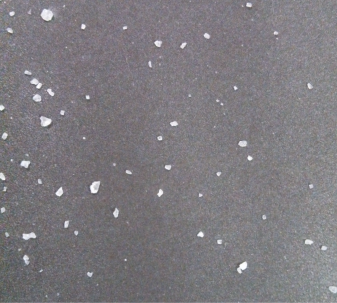Road Salt & Madison's Drinking Water

Madison’s drinking water source is groundwater. We pump nearly 10 billion gallons a year from 22 wells across the city. But road salt is beginning to contaminate parts of our groundwater aquifer.
What's happening in Madison
- Salt infiltration has been observed at five of Madison’s 22 drinking water wells
- Salt is made up of two chemicals, sodium and chloride -- chloride is responsible for the “salty” taste. Water begins tasting salty to most people when chloride levels reach about 250 mg/L.
- Well 14 on University Ave. has shown the most dramatic rise in chloride levels. Madison Water Utility estimates water pumped from the well will exceed the taste threshold of 250 mg/L within the next 17 years.
- Two other wells are on track to surpass the taste threshold within the next 40 years: Well 16 on Mineral Point Rd. and Well 6, also on University Avenue.
- Two more wells may exceed the limit within 60 years: Well 15 on East Washington Ave. and Well 23 on Leo Drive.
Health concerns
- Elevated chloride does not affect human health, but sodium levels can be a concern for people on extreme salt-restricted diets.
- Sodium at Well 14 has been measured at 45 mg/L. Drinking two liters of Well 14 water a day results in about the same sodium intake as eating one slice of bread.
- People with questions about sodium in drinking water should reach out to their health care provider. Public Health Madison Dane County (PHMDC) has also issued a report on sodium in drinking water.
What can we do about it?
Treatment to remove salt, like reverse osmosis or ion exchange, is costly to install and even more expensive to operate. Madison Water Utility is investigating possible solutions at Well 14 that could involve pulling water from deeper in the aquifer. But even if it’s possible, this kind of solution will only slow salt infiltration at the well. It won’t stop it entirely.
It is possible to dramatically lower road salt use while maintaining winter safety. The City of Madison is planning to implement a Road Salt Certification Program for municipal and private salt applicators who have been trained on techniques to lower salt use. The Madison Streets Department has already begun pre-treating some roads with a brine solution before winter storms hit, which can reduce salt use by up to 70 percent.
What you can do
Use only what you need. According to the WI Salt Wise partnership, the right amount of salt looks like this:

- Don't toss salt on top of snow. Shovel and remove snow and ice first.
- Remember that salt is not effective in temps below 15 degrees.
- If you hire a private company to help with winter maintenance, let them know about Madison’s new Winter Salt Certification Program and encourage them to get certified.
More Information
Find out more about the road salt issue in Wisconsin and how you can help make a difference at www.WISaltWise.com.